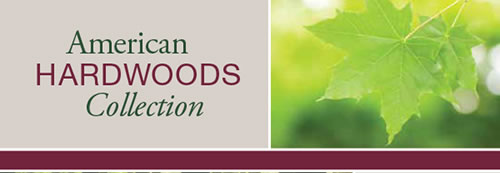It’s spicy. It’s classy. And it’s all the rage! But is Hardwood flooring right for every application? Be informed. A little extra due diligence can help determine which hardwood products perform best, and where.
Solid hardwood flooring is just that, solid wood milled to a ¾ inch thickness that can be installed only on a subfloor of wood, plywood, or oriented strand board. Because of its thickness, it can be sanded and refinished over several generations of use. As a natural product, it will expand and contract with the humidity changes of its environment. To compensate for this movement, installers should leave an expansion gap between the wood flooring and the wall, and install baseboard moulding or quarter round to hide the extra space. Remember, solid hardwood flooring cannot be glued onto concrete, does not perform well in high-moisture areas, and can require up to 14 days of acclimation time.
Engineered hardwood flooring is not one solid piece of wood, but rather a cross-layer construction of five to nine layers of hardwood, bonded together using heat and pressure. As a result of this process, engineered flooring is less likely to be affected by changes in humidity, reducing expansion and contraction. In most cases, it can be sanded and refinished, however special care must be taken with the thinner profiles. And it can be glued onto concrete, making it an appropriate choice for all levels – upstairs, ground level and basements – and a great choice for what’s all the rage these days, wide plank flooring!
Rule of Thumb – Always research both the product and the manufacturer. And know that In the U.S., agencies and associations regulate and monitor manufacturing practices to ensure that quality and safety standards have been met.
Visit www.HardwoodInfo.com to learn more.


